NEWS
25.08.2022
The Surprisingly Profound Teachings of Kamesennin: The Martial Arts Mentality in Dragon Ball as Analyzed by a Professional Martial Artist

Master-student relationships, stoic training, hand-to-hand combat... The thrilling world of martial arts can be seen in all its glory in the story that unfolds in Dragon Ball.
The exciting action in Dragon Ball has thrilled millions, but we couldn't help but wonder: what would an actual martial artist think if they read it? What surprising insights could be gained by having a pro break down what was actually happening in Dragon Ball’s training and fight scenes?
This time, we are joined by Katsunori Kikuno. Mr. Kikuno is a longtime fan of Dragon Ball and a practitioner of Karate and mixed martial arts who is currently helping to raise the next generation of martial artists. In this interview, we asked Mr. Kikuno questions like, "What is the meaning behind Kamesennin's training?" and "Why can't Vegeta defeat Goku?" and heard all kinds of interesting insights regarding the relationship between martial arts and the Dragon Ball series.
Profile
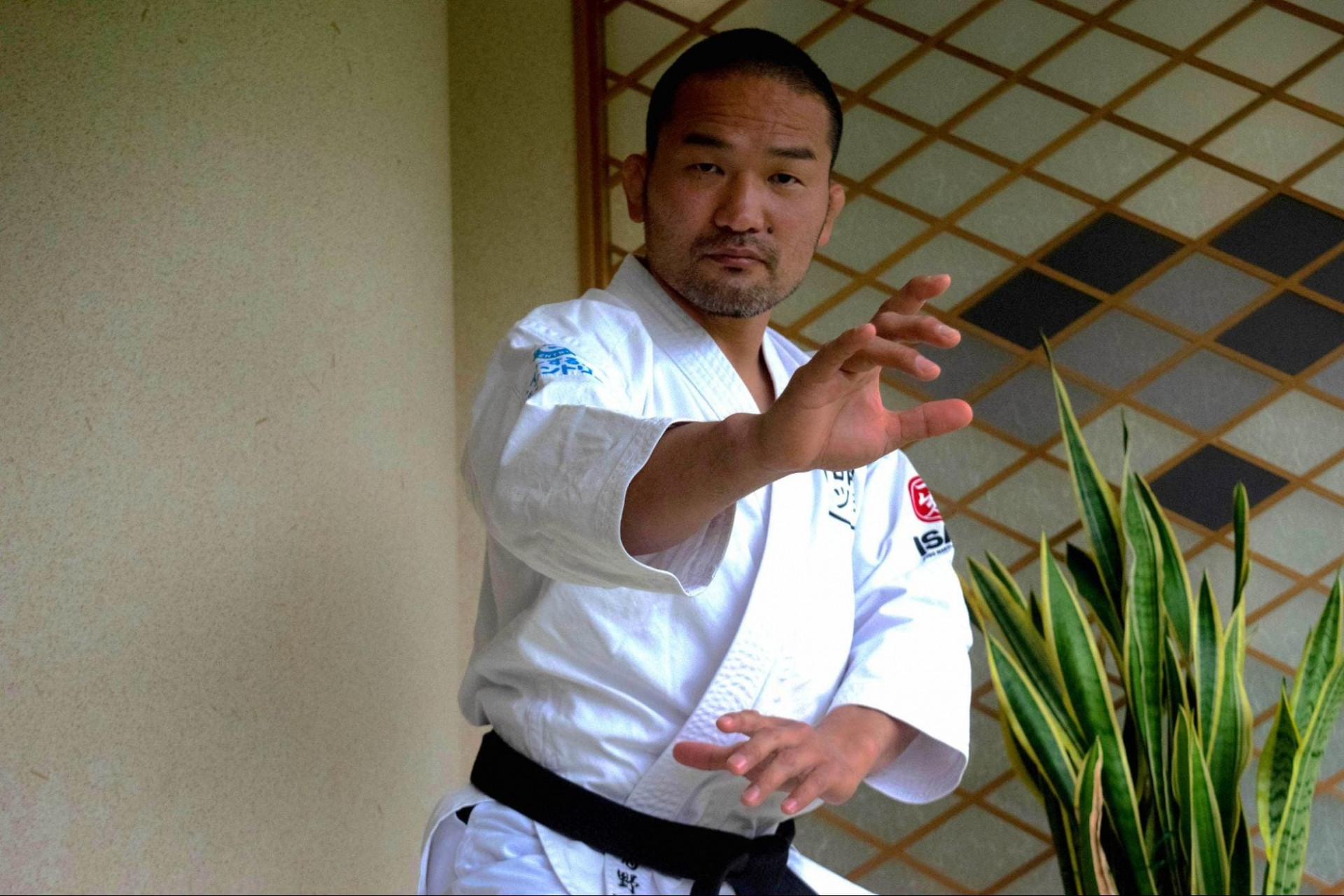
Katsunori Kikuno: Born in 1981. One of few martial artists that uses their abilities in professional fighting competitions. A master of devastating direct strikes powered by his strong center of gravity and thundering crescent kicks who has left a mountain of KO'd opponents in his wake. Was a member of his school's Judo club in middle and high school. Decided to be a martial artist in his last year of high school and began to learn Kyokushin Karate from the famous fighter Hitoshi Kiyama (winner of the 8th World Karate Championship) after graduating. After studying for 4 years, joined the "Alliance" martial arts gym lead by esteemed martial artist Tsuyoshi Kosaka at the age of 23. Mr. Kikuno is also a practitioner of Okinawan Kenpo Karate and seeks to test his martial arts abilities by competing with others. After making a name for himself in the "DEEP" and "DREAM" mixed martial arts competitions, went to the United States to sign a contract with the Ultimate Fighting Championship, or "UFC". Has appeared as a headlining fighter in the "GANRYUJIMA" martial arts entertainment organization since 2016. Won the 2018 "Keiten Aijin" martial arts event, an independently held martial arts event in his home of Kagoshima Prefecture and went on to KO a former Sumo wrestler 40 kg heavier than him in the 2021 "BREAKING DOWN" street-fight-styled fighting competition. Currently manages the "Dare Tsuyo Dojoy", a martial arts school based on the concept that anyone can get stronger, no matter their age. Also provides Karate training for kids to become kind yet powerful heroes at the "Kids Hero Karate School" in Tokyo, Japan.
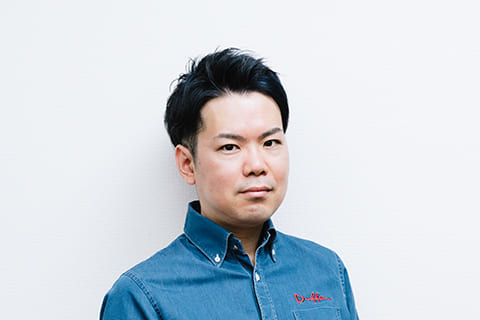
Interviewer: Yuki Yamadai
Started managing a text site as a hobby in the 2000s, which led to his current job as a "text-site writer". As an elementary schooler, he drew his own manga that was essentially an extremely watered-down version of Dragon Ball.
The Meaning of Kamesennin's Training
——There's a topic that's been on mind for a while now that I'd love you get your opinion on. The training shown in Dragon Ball, in particular Kamesennin's training, is a type of muscle training, right? Carrying heavy objects on your back, running great distances and so on. Can this type of activity really be called martial arts training if nobody actually teaches you how to perform any techniques?
Kikuno: Have you ever heard the Karate term "Shin-Gi-Tai" before? ("Mind-Technique-Body" in English)
——Oh, of course! But the idea that true technique is only possible when the mind and body are in harmony always sounded like a type of spiritualism to me...
Kikuno: No, no, there's actually a very logical reason behind strengthening your mind and body. Mr. Yamadai, let me phrase it another way. What do you picture in your mind when you hear the word "technique"?
——Maybe some method of attack that people have given a name to, like the Kamehameha?
Kikuno: Techniques don't have to be flashy like that; they can be any sort of bodily movement. Let me show you what I mean with a demonstration. Could you lend me your chest for a moment?
——Like this?
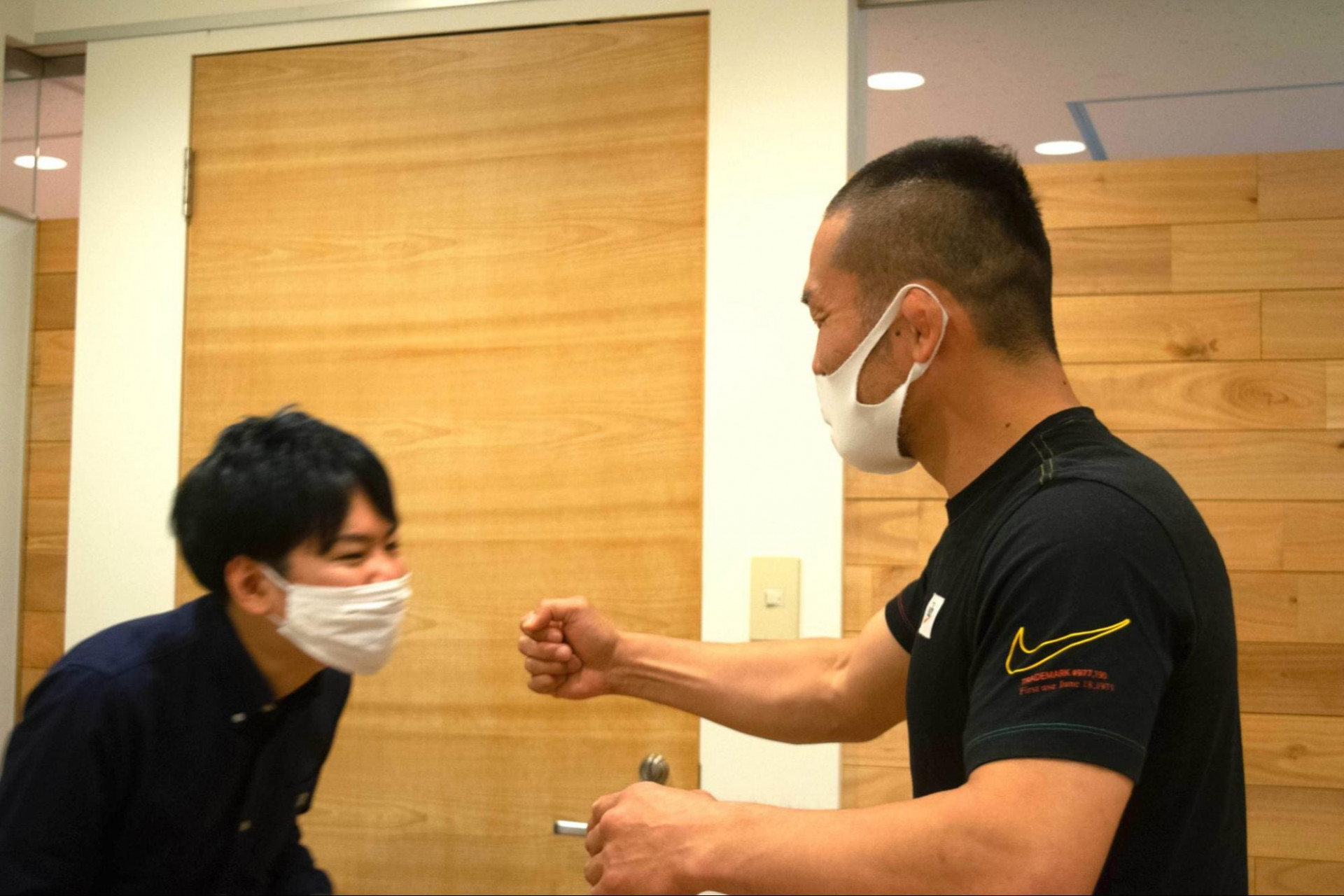
Although it looks like just a tap, this is actually a powerful punch.
——Oof!
Kikuno: All I did just now was tap you on the chest lightly with my fist. Technique allows you to turn a simple movement like this into a powerful attack.
Next, would you mind giving me your hand? This is our first time meeting, so let's shake hands.


——Whaaaaaaa!!
Kikuno: All I did was lower my hand a bit, but it was enough to bring you down into a kneeling position.
——Right! It didn't feel like I was overpowered so much as there was some force that I couldn't resist. For a moment, it seemed like you were an oak tree or something!
Kikuno: As a martial artist, you need to master your body and mind to achieve what I just showed you using just simple body movements.
——I can really tell how incredible you are now, but what does this have to do with Kamesennin's training?
Kikuno: What I'm trying to say is that Kamesennin's training is very realistic when it comes to training your body and mind.
Martial arts training is the process of forcing your body to remember how to move without thinking. As you progress in your training, you will learn how to use your body efficiently without any conscious thought.
To explain using the demonstration that we just did together, because I have trained my body so that my hand and back move in unison, my technique allows me to shift my body weight to the end of my arm just by gently moving my hand forward.

——Now that you mention it, it was an almost imperceivable motion that you could easily miss.
Kikuno: That's right. My body performed incredibly precise motions. It's on the level of something like threading a string through the eye of a needle.
To enable your body to do things like this, rigorously practicing Karate kata with all your might over and over can help speed things up. In that sense, it’s similar to Kamesennin's training.
By practicing your kata over and over, you can send opponents flying with just a light push, or jump super high with just the slightest kick-off from your legs. Of course, this is also related to the overall improved physical ability you will gain from such training, but if you learn to use your body in an efficient way, you will become able to perform such techniques naturally.

Kamesennin's training is very realistic in the way that it considers techniques to be practical only when they have been applied in a way so that they can be used without thinking.
——In other words, every movement, no matter how minute, has a purpose. Come to think of it, there was a scene during Kamesennin's training where the contrast is shown between Goku, who tries to follow the rules of the training honestly, and Krillin, who tries to use his cunning to find a shortcut to simply complete the task. Kamesennin proposes that his two pupils compete to see which of them can find the stone he threw from a cliff the fastest. Krillin emerges the victor in this competition, but based off the example you just shared with us, wouldn't such a victory be pointless from the view of a martial artist?

Kikuno: Hmm... Krillin did try to cheat to win, but since it’s training, there is no real value in winning or losing. More than that, the most important thing is to follow the rules of the training and carefully focus on what can be gained by doing so.
It's important to set rules when training. For example, suppose the lesson is to learn how to push your opponent's body. If you don't make the rules clear, you will end up seeing people do stuff like push using their hands, body, brute force, or technique. They might even try to tickle their opponent so they can push them easily. However, it will be unclear what you’re meant to gain from the lesson. You have to set the goal for the training, be it to strengthen yourself, to improve your technique, or to learn how to control your body.
Training that lacks clear rules and goals cannot be called training at all.
——I see... I am a fan of rock climbing, and even there I have heard that women who start off less physically capable often make faster progress than men who try to muscle their way through without properly learning the techniques.
Kikuno: Powering through things might be okay if the goal is simply to build strength, but if you are trying to progress in a different aspect of your training using only sheer strength, you will not see real results in the long run. In cases like this, the goal is to learn how to do something that you couldn't before, and this is not possible without some hardship.
This is why Kamesennin wanted his pupils to experience defeat at the Tenkaichi Budokai.

Even Real Martial Artists Agree: Kamesennin's Teachings on the Essence of Martial Arts
——I agree. Since the topic of Kamesennin's teachings came up, I would like to segue into talking about the Turtle Hermit's mindset and philosophy on martial arts. Mr. Kikuno, as a martial artist who seeks to perfect his technique, what is your impression of Kamesennin?
Kikuno: I think that Kamesennin's light-heartedness is really incredible.
——Light-heartedness... I get that Kamesennin has a somewhat goofy disposition and cracks jokes often, but why focus on that aspect?
Kikuno: In any field, people who have been practicing a given craft for a long time end up becoming almost too dignified and intimidating, be it a conscious decision or not. The same is true in the world of martial arts as well, and some individuals progress so much that they are regarded as being god-like and it becomes almost impossible to ever question them.
Kamesennin is this type of god-like individual. He's super strong and wise to boot, but the difference is that he remains goofy and approachable despite this. I hope that I can become an old man like him one day.
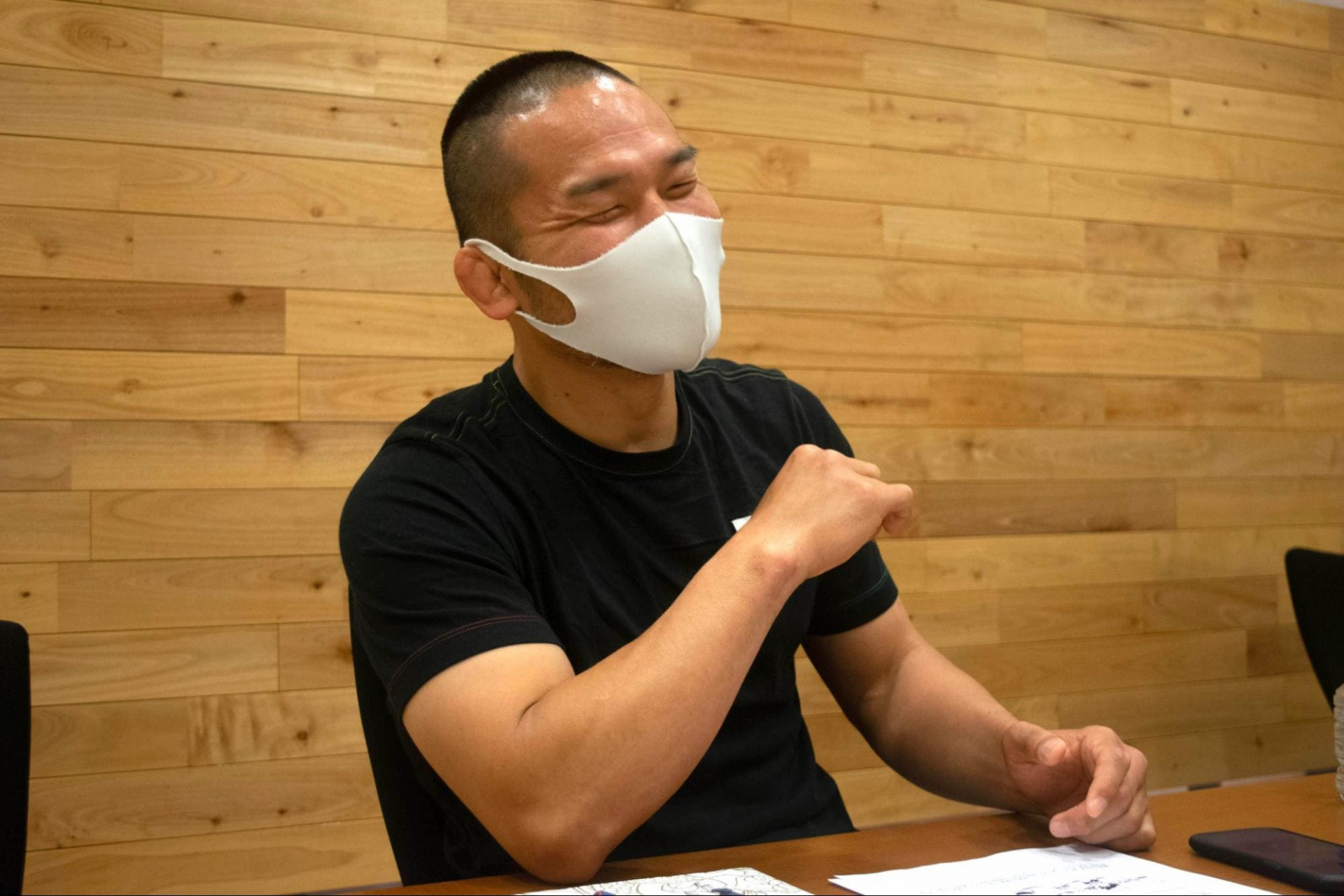
You can feel Kikuno's overflowing love for Kamesennin.
——Kamesennin also passed on this vital teaching to Goku and Krillin.

Kikuno: These words always make me shake my head in wonder. To be healthy in both body and mind, and to live a happy life. This right here is the answer I searched for and the real value of modern-day martial arts. I respect this quote so much that I quoted it on the website for the martial arts school that I run, "Dare Tsuyo DOJOy". Akira Toriyama managed to explain the true value of martial arts over 40 years ago in a way that anyone can immediately understand, which I find to be just incredible.
——When you put it that way, it seems clear that Goku and Krillin really lucked out with who they got as their master.
Kikuno: I really think so. To convey Kamesennin's greatness, I think that the following 2 scenes are necessary.
The first scene is after the end of the first Tenkaichi Budokai when Kamesennin instructs Goku and Krillin to head out on journeys of their own.

The scene is written very simply, but I honestly think that it is amazing. In general, teachers that lack self-confidence don't want to let their pupils experience techniques from other styles or study from other teachers. The reason is that these pupils will compare their teacher with these new sources of knowledge and may decide to study elsewhere as a result. Instead of that, a bad teacher will try to keep their pupils all to themselves so that they can brag about how strong and knowledgeable they are. Kamesennin on the other hand actively encourages his pupils to leave and to seek knowledge on their own. He tells them not to just focus on the Turtle-style of martial arts, but to go see the world and grow from the experience. He never tries to place limits on his pupils.
This open mindedness is why Goku and Krillin continue to think of Kamesennin as their lifelong teacher long after they set out on their own. Even though they have both surpassed Kamesennin now, they still continue to wear uniforms that have the symbol for "Kame", or turtle, on them when they fight as a sign of respect.

The second scene is one that I touched on a bit before. It is where Kamesennin wears a disguise so that he can fight his pupils incognito at the Tenkaichi Budokai.

Someone who was obsessed with their status as master would never want to fight their pupils. If they happened to be defeated, they would immediately lose their lofty position. Kamesennin chose to do this purely out of the desire to see his students make progress.
Kamesennin wanted both of his students to experience what losing felt like. It was too soon for them to become the strongest. People make progress only when they experience hardships such as pain or a loss. I can say this because of my experience in the professional fighting world, but when you win, all your hard work is recognized. On the other hand, when you lose it feels like you have been written off despite your hard work. However, it is that fear and frustration you feel after a loss that pushes you to become stronger.
——It really seems like they have an ideal master-student relationship. Mr. Kikuno, I'm sure that you had the chance to study under many different teachers in your long career. Did you ever have a master like Kamesennin?
Kikuno: I'm reminded of my old teacher, Tsuyoshi Kosaka.
In mixed martial arts, most athletes learn boxing, kick boxing, wrestling, and jujitsu.
I learned mixed martial arts from Kosaka-sensei at his "Alliance" martial arts gym, and he based his teaching around these different martial arts styles. It was at this time that I began to devote myself to Japanese martial arts, and eventually I ended up studying a style that was completely different from what all the other students were doing. I'm sure it was tough for Kosaka-sensei, but he never told me "no", and he supported me so that I could win in my matches. A lot of teachers would try to convince their students that there was only one correct path, but Kosaka-sensei was always openminded with us.
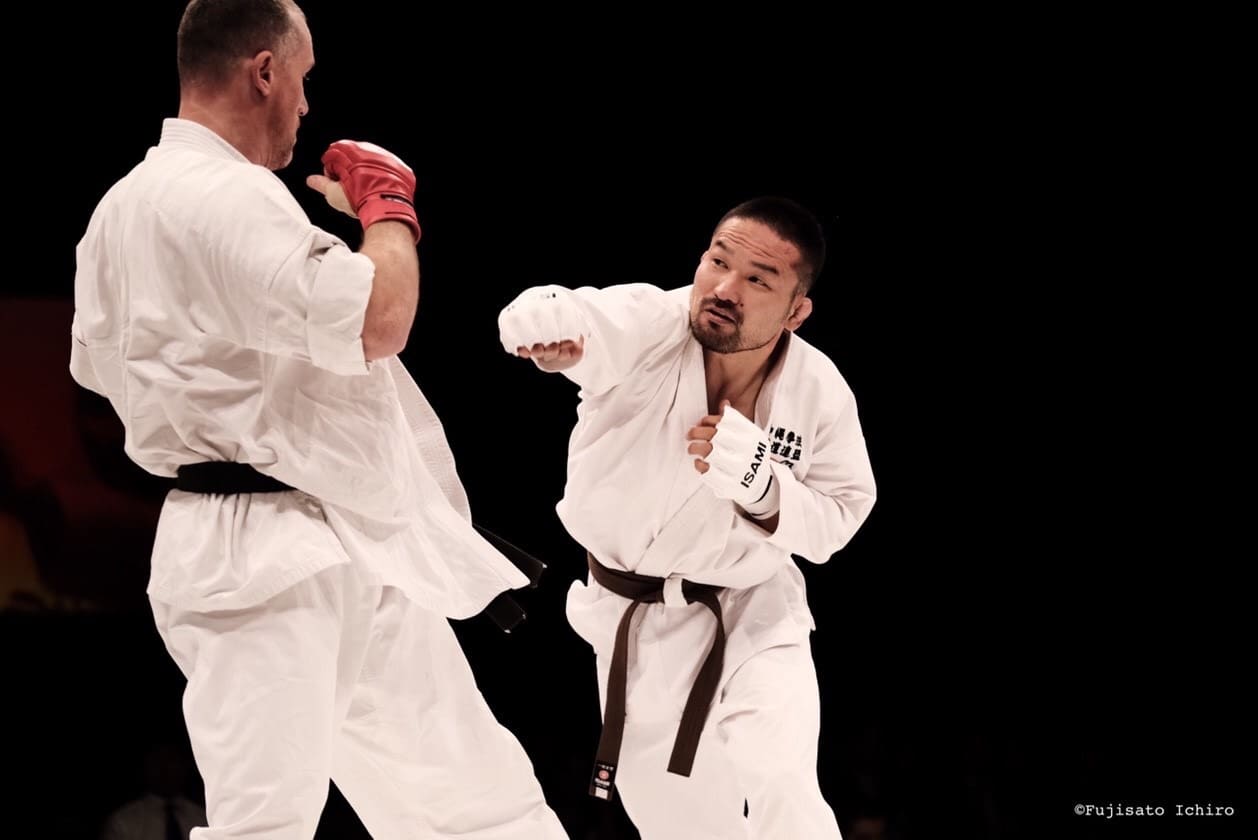
Kikuno in the "Keiten Aijin" Martial Arts event, an open division tournament held in his home of Kagoshima Prefecture. (Photo: Katsunori Kikuno)
Everybody Has a Bit of Tsurusennin in Them
——On the other hand, Tsurusennin is shown to be the polar opposite of Kamesennin. The nefarious Tsurusennin is so obsessed with honing his martial arts techniques that he even becomes willing to murder other human beings to do so, which puts him in direct contrast to the easy-going Kamesennin. Being a fighter yourself, what do you think of difference between these two masters?

Kikuno: Tsurusennin seems very human to me. Even in the world of martial arts, there are some teachers who try to wield their authority as a kind of armor. I believe that this sort of behavior indicates that the individual lacks confidence about something and suffers from an inferiority complex, and I wonder if I might not be guilty of this as well.
The reason that Tsurusennin torments people weaker than himself and attempts to limit his pupils might just be an attempt to hide his lack of self-confidence. I think that it is important to know when to admit your weaknesses and even know when to give up so that you can continue to move forward.


When I was in elementary school, I was always scared and had trouble interacting with others, and there was a period when I was very lonely. That's the reason that I ended up idolizing strong, kind-hearted heroes like Goku and began to study Judo in middle school. School became more fun as I got stronger and more confident, and even making friends got easier. Just like Kamesennin explained to Goku and Krillin, becoming stronger made my life more enjoyable. I think that is the true value of studying martial arts.
——As a martial artist, you have a unique perspective in seeing through Tsurunennin's facade and his insecurities and human-like weakness hidden within in his character.
Kikuno: A part of me is just like Tsurusennin. I think that might be true for all of us. We're all human, after all. Everybody feels insecure about something, and that can be a powerful motivator, but if you give in to those negative emotions, you will end up like Tsurusennin. It's hard to accept your weaknesses, so it's very natural to want to hide them instead. I train every day to become more like Kamesennin while still fighting against my inner Tsurusennin.
Maybe everybody has a Kamesennin and Tsurusennin within themselves.
——Wow, that's really profound... Just like how Majin Buu could expel his inner evil out into another physical being, it seems like Kamesennin and Tsurusennin are each an embodiment of one side of the duality of humans you speak of.
Kikuno: Yes, that's what I think. Everyone has a period in their life where they start to become a bit like Tsurusennin. Because of that, it almost makes me want to cheer him on.
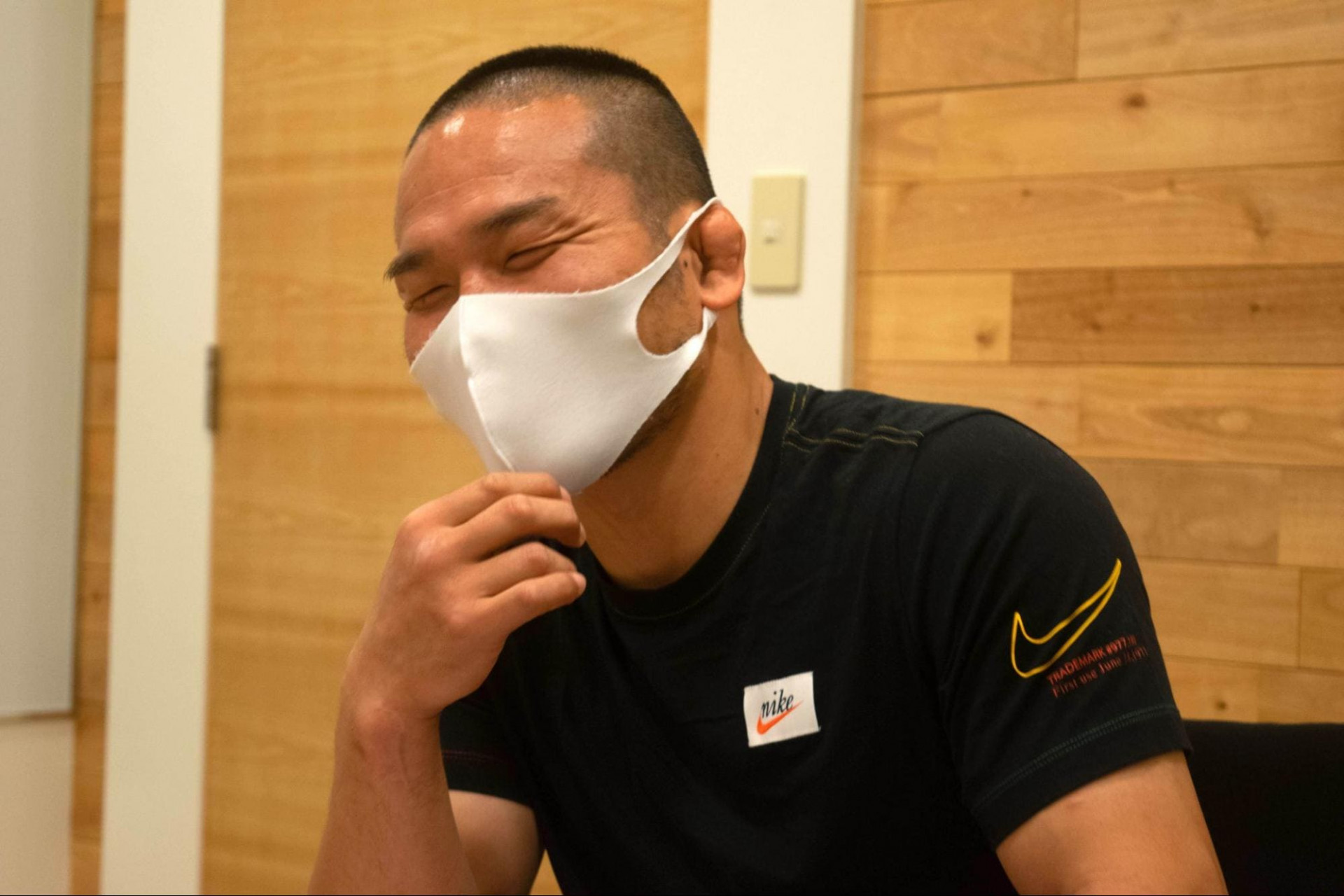
Why Vegeta Will Never Surpass Goku
——When speaking of dual natures in Dragon Ball, we of course need to talk about the contrast between Goku and Vegeta. Vegeta, despite being the prince of all Saiyans, finds himself unable to surpass Goku, a low-class warrior. Why are these two Saiyans so inherently different?
Kikuno: If we examine these fighters while ignoring all physical differences, I think that the cause must be their differing goals.
——Their differing goals... Could you go more in detail for us?
Kikuno: I think that Vegeta likes to fight, but I also think that his ultimate motive for fighting is to win and prove his strength. I think this signifies that he needs approval from others. On the other hand, I think that Goku enjoys the act of fighting itself. These differing goals are actually very significant.

Let me tell you a little bit about myself. I took part in the "Ultimate Fighting Championship" (henceforth "UFC") mixed martial arts tournament in the United States in 2014. In the UFC, you are immediately disqualified if you lose two matches in a row, so it is a very harsh environment. Because of this, I only focused on winning.
After 2 wins and 1 loss, I went into my 4th match. I traveled all the way to Brazil for the match and tried my hardest, but I still lost without being able to lift a finger against my opponent.
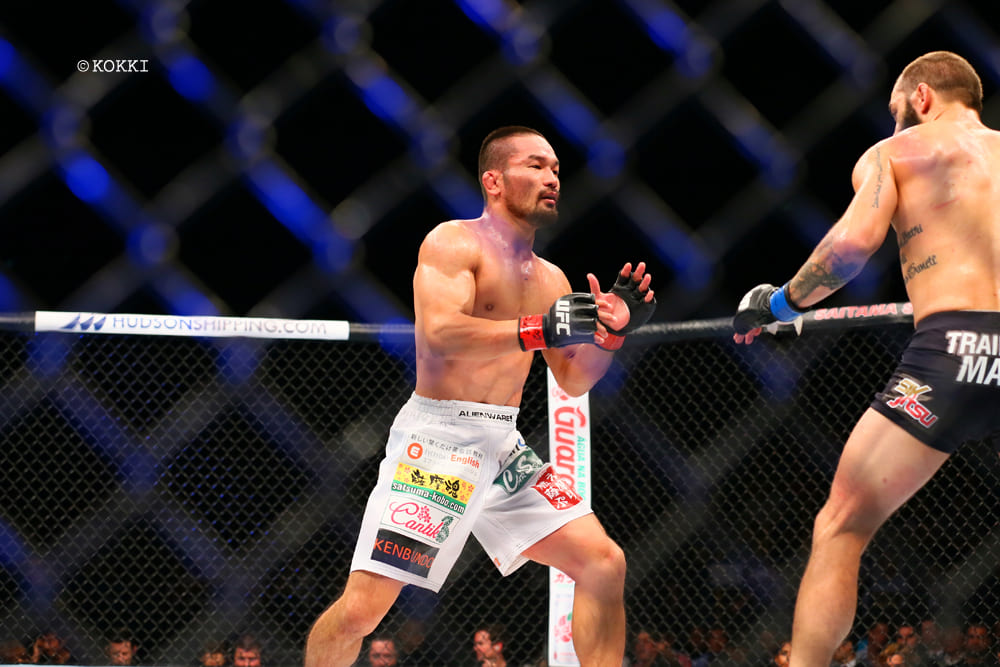
Kikuno in his UFC days. (Photo: Katsunori Kikuno)
To attack, you have to get close to your opponent. But when you do that, you run the risk of being attacked yourself. I hesitated to make a move because I was so focused on winning and fearful of taking that risk, and it was in that moment that I got attacked and knocked out.
It was unbelievably frustrating, and I trained to my absolute limit before participating in my next match. The end result was...I lost in mere seconds. Once again, I focused only on winning, hesitated, and got knocked down. After that I got discharged from the UFC, and my career reached its lowest point.

——So you mean that even someone like yourself became obsessed with winning in the past?
Kikuno: That's right. What finally made me realize the error of my ways was the coaching that I received after leaving the UFC. In this coaching, I learned that it is pointless to worry about a past you can’t change and a future you can’t control. The only thing that you can control is the present.
Winning or losing are the result, the result lies in the future, and you can't control the future. Anything can happen in the future, sickness, injury, accidents; heck, a meteor might even fall right here a second from now. If you become obsessed with these future events that you cannot control, the unease and doubt that you feel will affect your performance.
It is important to let go of things that you cannot control, like the future, and focus on what can be controlled: the here and now. If you can manage to do that, you will at least be able to do your best right now, regardless of what happens next.
I really dislike that scared part of myself, which is why I decided to start learning martial arts so that I could be a brave person like Goku in the first place. Even so, I ended up putting the cart before the horse and became scared because I wanted to win so badly.
Once I stopped obsessing about needing to win and made fighting itself my goal, I have been able to focus on the present and haven't lost a single match. I even managed to get revenge on the UFC fighter who beat me in Brazil.
——That mindset seems like it applies to the difference between Goku and Vegeta that you mentioned earlier.
Kikuno: Yes. Vegeta seeks victory and desires the future that awaits him after he wins. The unease and doubt that he must feel as a result is surely affecting his ability to fight at his full potential. On the other hand, Goku enjoys testing himself by fighting and is always living in the present. That is why he remains clearheaded and can always give his all every time he fights. Since he repeats this process over and over, he continues to grow stronger.
Come to think of it, Goku enjoys fighting so much that he sometimes comes across as being disinterested in the outcome of the battle.
——Yes, there are times where Goku does that. One example that stands out to me is when the fate of the whole planet was on the line in the Cell Games, he gave Cell a Senzu Bean.

Kikuno: Ignoring the issue of whether it's a good idea to help your opponent in a real match, I think that there is a lot you can learn from Goku's attitude of wanting to enjoy the battle with all his might.
——I understand now that the mindset of a martial artist truly is at the center of Goku's way of living. Now it is time for our final question. As a martial artist, what is your favorite Dragon Ball scene?
Kikuno: It's really hard to choose just one... If we are talking about Goku's ability to live in the moment, the first scene that comes to mind is Goku's fight with Majunior. The way that Goku doesn't give up even though he is almost killed in the battle really gets me fired up, and yet he ultimately wins by ring-out. Isn't that incredible?

I mean, that whole time Goku was fighting a life-or-death battle while still honoring the rules of the tournament. It seems like the fate of the world was the farthest thing from his mind (laughs). I think that the root of his strong desire to honor the rules is Goku's ability to focus all his strength on the here and now.
In that aspect Goku's way of thinking does not feel outdated even today. He is and will forever remain my image of a perfect martial artist.
This site includes machine-translated texts. Please be aware that you might find some unusual expressions that are difficult to understand.
Post
Confirm Post
Post the above comment?
Reply
Confirm Reply
Post the above comment?
Are you sure you want to delete this comment?
Report successful
Post Unsuccessful
This user will be muted.
You will be unable to see comments from muted users in the comments area.
*To unmute users, navigate to the "Comments" area on MY PAGE.
Reply
Confirm Reply
Post the above comment?
Edit
Post
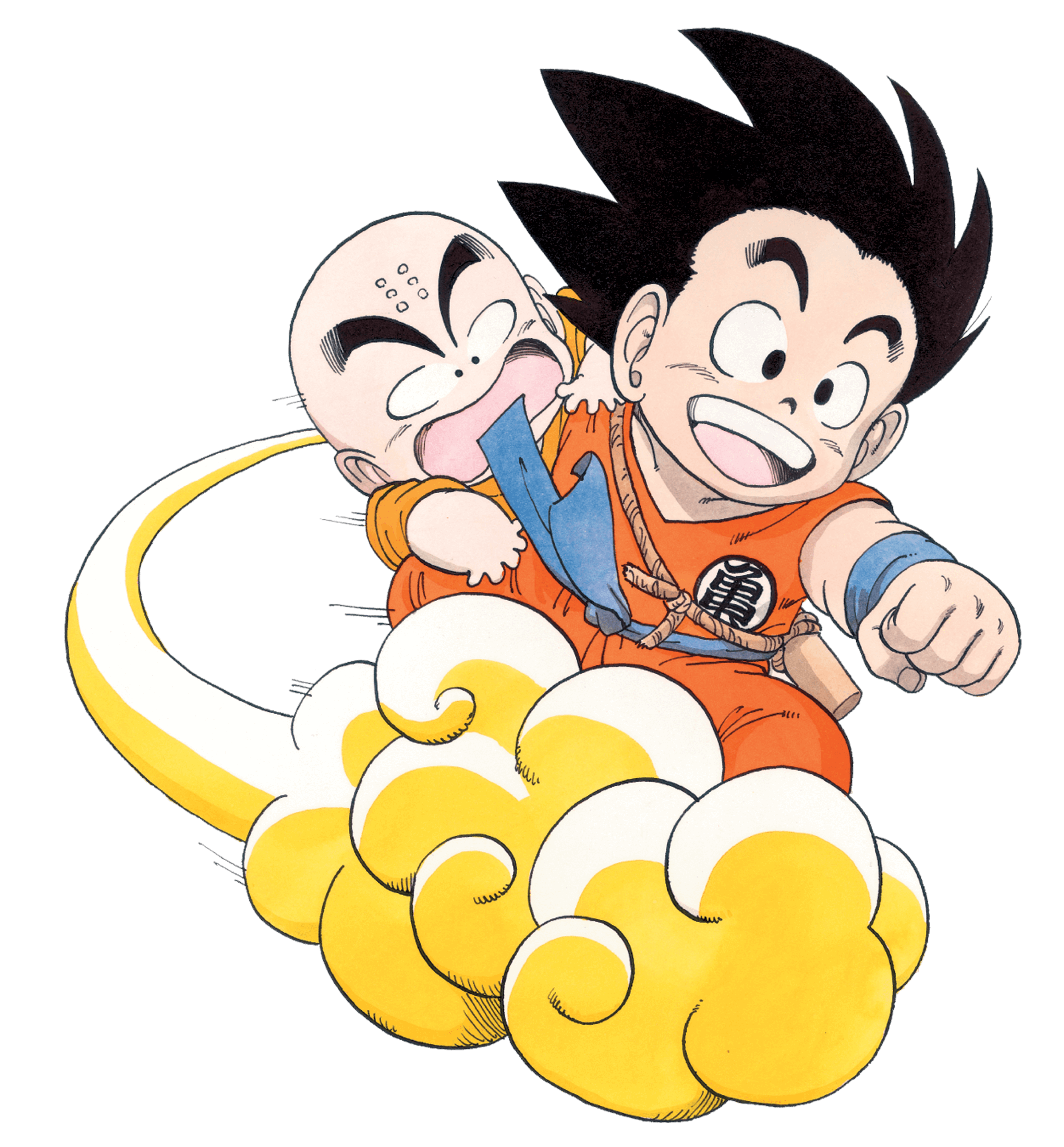

Post
Confirm Post
Post the above comment?
Edit
Post